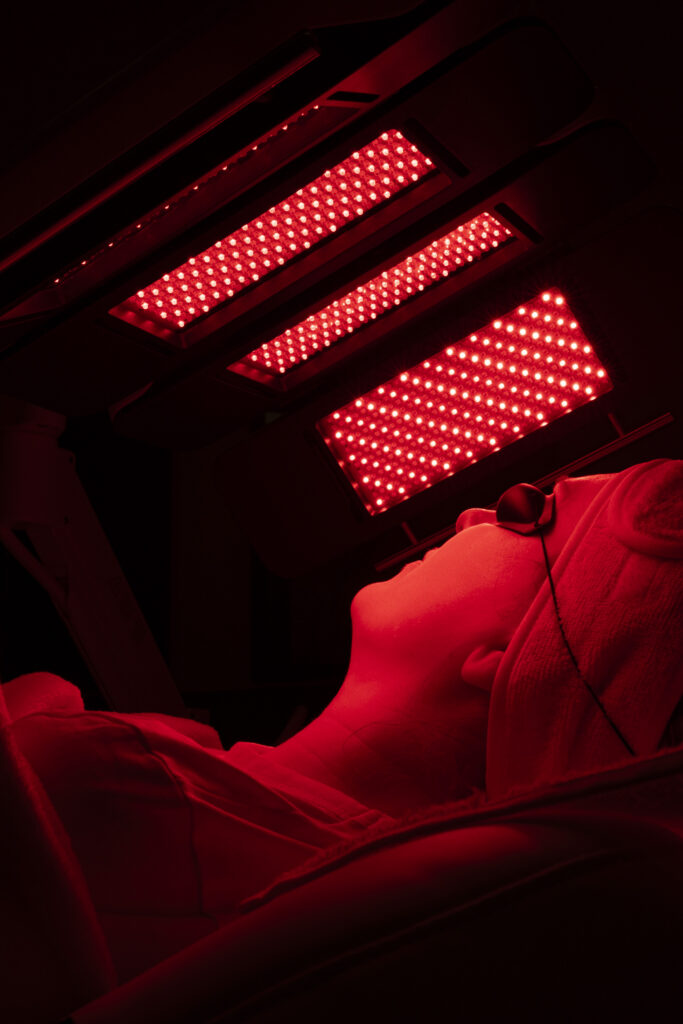
Profhilo vs Polynucleotides vs PRP: Our Guide to Biostimulation
In the world of advanced skin treatments, there’s a lot of talk about biostimulation, but what does that actually mean, and how do you know which treatment is right for you? With popular options like Profhilo, Polynucleotides, and PRP (Platelet-Rich Plasma) becoming more common in clinics, it can be confusing to figure out what they do and how they’re different.
Biostimulation is all about waking up your skin’s natural ability to repair, hydrate, and regenerate. Unlike fillers or Botox, which work by adding volume or relaxing muscles, biostimulators work by boosting your skin’s own activity. They encourage your body to make more collagen, elastin, or hydration, leading to firmer, smoother, healthier skin over time. Think of them as a way to train your skin to act younger, without changing the shape of your face.
Profhilo is one of the most well-known treatments. It’s made from pure hyaluronic acid, but unlike traditional dermal fillers, it doesn’t add volume in a specific area. Instead, Profhilo spreads evenly under the skin, giving you a natural glow and deep hydration. It helps improve skin texture, elasticity, and firmness, especially in areas like the cheeks, neck, and hands. The results are subtle but noticeable, skin looks fresher and more hydrated. It’s perfect if you feel your skin is dull, crepey, or lacking bounce but you’re not looking for injectables that change your features.
Polynucleotides are made from DNA fragments that are naturally occurring in our own bodies. In aesthetics, they are synthetically made, cleaned and purified in a lab. When injected into the skin, they act like a signal to your body, encouraging tissue repair (boosting collagen and elastin production), reducing inflammation, and building stronger, more resilient skin over time. Polynucleotides are particularly good for sensitive, thin, or damaged skin, including under the eyes, where treatment options are usually limited. They help reduce redness, strengthen the skin barrier, and promote long-term healing.
PRP, or Platelet-Rich Plasma, is sometimes called the “vampire facial” because it uses your own blood. After a quick blood draw, your plasma (which is rich in growth factors) is separated and injected back into the skin. This process helps stimulate collagen, speed up healing, and improve skin tone and texture. PRP is completely natural and can be used almost anywhere on the face or scalp. Since it’s made from your own blood, there’s little risk of reaction, but results can vary depending on your overall health, age and lifestyle.
So which treatment is best? It depends on your skin goals and needs. Profhilo gives instant hydration and firmness with minimal downtime. Polynucleotides help heal, repair, and strengthen delicate/lax skin over time. PRP is a more natural approach to collagen stimulation by using your body’s own resources.
At KINS, we have found the best results come from combining these treatments, depending on your skin’s condition and how it responds. That’s why it’s important to speak to an expert who understands how to personalise your treatment plan. With the right approach, you won’t just look better, your cells will work more efficiently, your skin will feel stronger, healthier and look more radiant from the inside out.
________________________________________


POSTED
Having had a love and appreciation for good skin, Louise has mixed her expert medical training with helping people achieve their skin goals.
Louise specialises in all things injectables, skincare devices and skin boosters.




